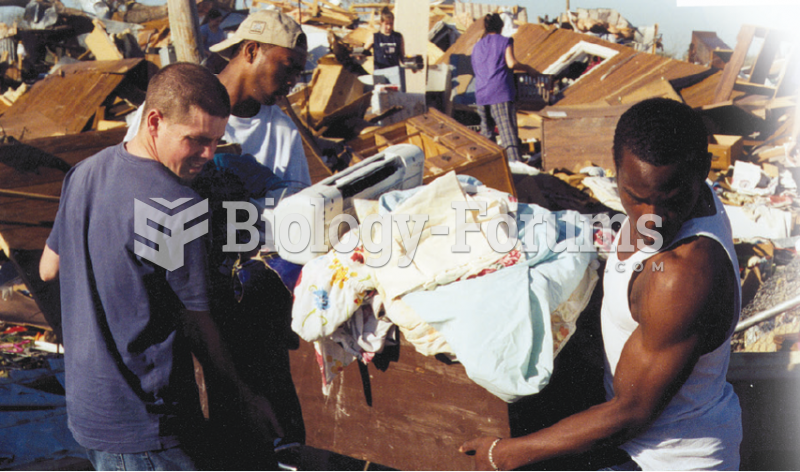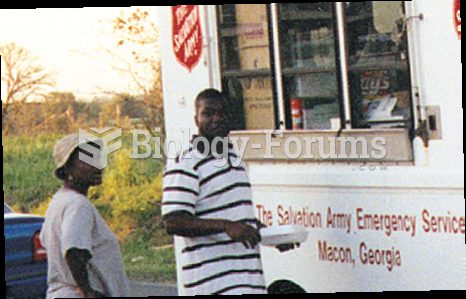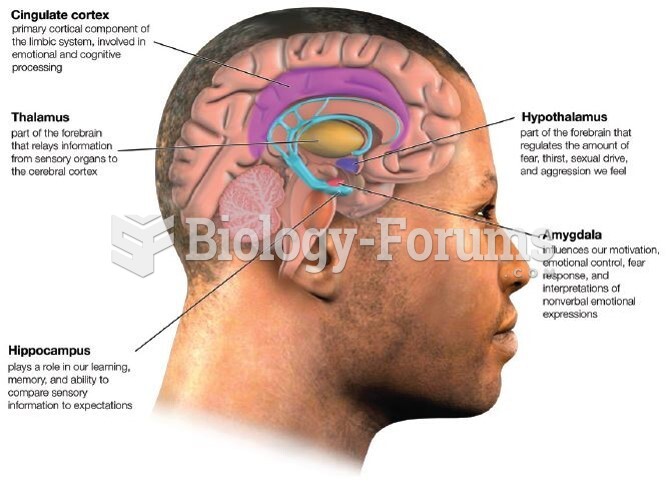Answer to Question 1
ANSWER: d
Answer to Question 2
This can be done by developing more comprehensive communication links with parents. Notes and newsletters can be provided on an informal and formal basis. In addition, questionnaires and surveys can also be used. By requesting information and opinions from parents, teachers will have a better understanding of the needs of children as well as an additional resource of information to draw from. When serving a multicultural community, providing written communication in the first language of the family can be very helpful.
H1Supplementary Activities and Projects
The following student activities are offered for possible inclusion in a course on childrens literature using the text Growing Up With Literature. They are designed to be enjoyable, to provide practical applications, to help students develop a more hands-on understanding of childrens literature, and to provide opportunities to share these experiences with peers and with young children.
1. Conduct weekly oral storytelling sessions. This can be done on a routine basis so that all students have one or more opportunities with an audience of peers.
2. Conduct weekly book presentations of childrens books. This can include a variety of formats such as: book talks, book reviews, preparing for a story reading, etc.
3. Present stories and puppet presentations of stories to young children. Child audiences can often provide more motivation for student involvement in this activity. Local preschools, nursery schools, and child care centers often welcome guests to conduct activities such as this.
4. Create reading centers using a variety of materials (e.g., cardboard boxes, poster board, store displays, etc.). Focus should be on centers that are attractive, functional, and appropriate for the age of the anticipated children.
5. Develop a card file system of books read. Providing a format to follow may be helpful as well as color coding the cards to designate types of literature. This will provide students with a valuable resource for the future.
6. Make a field trip visit to the childrens room of a public library. Plan ahead to have the childrens librarian discuss or describe some aspect of childrens literature. It may also be useful to visit and observe the librarian conducting a preschool story hour.
7. During a library field trip, assign each student to locate and review three books by a particular author.
8. Assign students to search for, locate, read, and prepare a brief report on a number of multicultural books appropriate for young children. The assignment can be revised in a variety of ways. For example, students could be assigned holidays from certain countries or cultures, specific religious or ethnic groups, various age levels, and so forth.
9. Assign students to develop poetry files. Poems could include different subject areas and be color coded by topic and/or age group appropriateness. The cards can contain the poems on one side and information on the other. Cards can be easily carried throughout the day. This will make them particularly useful for transitions and circle time.
10. Create a dramatic presentation based on a story. Inviting a local preschool or kindergarten to the presentation can increase motivation and interest. Refreshments related to the presentation could be served. For example, gingerbread cookies for The Gingerbread Man or slices of pie following The Three Little Kittens. An alternative to a single presentation might be the production of a medley of nursery rhymes. This would enable smaller groups to work together for preparation of the performance.
11. Create a dramatic presentation with young children. Local child care programs and preschools might have a substantial interest in such a project. The audience could be made up of other classes and/or the parents of the children.
12. Conduct author day presentations whereby each student provides a biography and discusses the writing of a specific author. Sheets or outlines of information in a standard format could be provided for each author so that students would build their knowledge about a variety of authors.
13. Create flannelboards, flannelboard objects and characters, and outlines for flannelboard stories. Flannelboard story presentations can be conducted for peers or for young children. Unique designs could be explored (e.g., aprons, big books, easels, etc.).
14. Conduct a poetry contest for a celebration of the Week of the Young Child. Each student could be assigned the creation of an original poem, relevant to young children, to be recited at the celebration. Poems could be shared by their authors with young children locally or published in a class book.
15. Write and/or illustrate an original story for young children. Share with peers and/or with young children.
16. Create an author/illustrator information book for a childrens section of a local library. Each student can create a page on an author or illustrator. Information about the author as well as titles and illustrations from the authors work might be included. The pages can be laminated for extended use. The library will have a valuable new resource as a result.
17. Research and report on an Internet Web site related to some aspect of childrens literature.
18. Develop a learning activity using the Project Approach, which includes as many of the recommended characteristics as possible.
19. Observe children sharing a story with a traditional reader and with computer software; record and report the observations.
20. Interview people in the community to find out if they would be willing to be on a list of potential classroom visitors. Find out about their areas of expertise, favorite childrens books, and availability.
21. Create a list of websites related to a specific childrens book, concept, or content area that could be used as part of a story sharing.
22. Read several books by a single childrens picture book author and any articles available about that author. See if you can identify any changes in the authors approach to writing for children.
23. Using an internet search engine, locate three different sites that provide free virtual tours that are different from each other (Hint: use single words like park, boatyard, beach, painting, horses; watch for web addresses that end in .org).
24. Develop an outline for an celebration that could serve as an alternative to a traditional holiday celebration. Identify the following:
Theme of the celebration and the age of children participating.
Explain how parents can be involved in the celebration.
Five childrens books related to the theme (they should reflect different cultures)
An art project reflective of the theme.
An activity (food making, dance, community service) related to the theme.







